CAIRNS CONCRETING
CONCRETE SOLUTIONS FOR EVERY PROJECT
QUALITY CONCRETING SERVICE
Here at Cairns Concreting we pride ourselves in quality service at a competitive price. We make sure every project is completed to the very best standard to keep our customers happy. We're always more than happy to answer any questions you may have in regards to your concreting needs. Please don't hesitate to contact our friendly team to arrange a free quote from our concreting team.
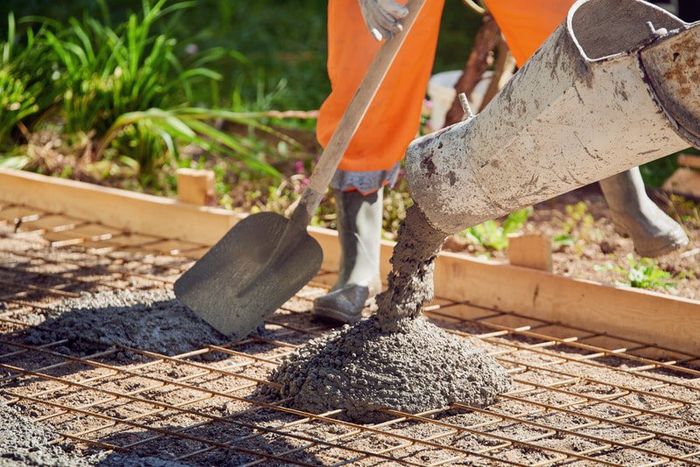
Interested in our concreting services?
We’re here to help!
HAVE US CONTACT YOU
Contact Us
We will get back to you as soon as possible.
Please try again later.

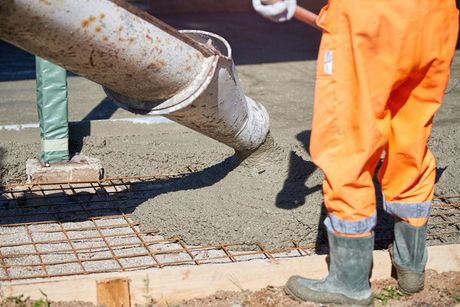
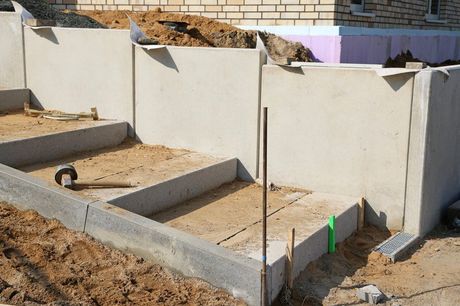
TYPES OF CONCRETING WE OFFER
- Driveways
- Paths
- Pool surrounds
- Sheds
- Retaining walls
- Concrete cutting
CONCRETE FINISHES WE OFFER
- Liquid limestone
- Exposed aggregate
- Edging
- Broom finish
- Stamped concrete
- Concrete stain
Call today to book the best concreters in Cairns
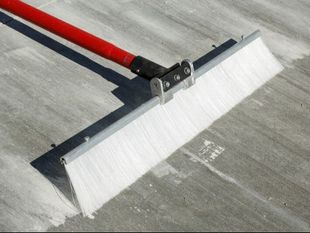

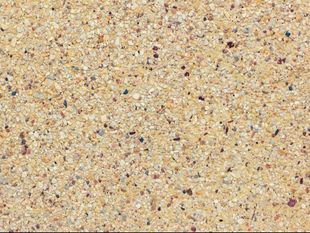
WHY CHOOSE CONCRETE
We suggest concrete for a large range of services for the long life span, it's also fire retardant and it is one of the most energy efficient building material to use. Another great factor about using concrete is it can be crushed recycled and reused. We love the low maintenance and can achieve so many different looks with the finishes.
Benefits
Strength- Concrete is known for it's high strength, for specific projects the degree of strength can be adapted by altered the water cement and aggregate ratio. Did you know concrete can strengthen year by year? This happens because of the cements components ability to form bonds with other moisture particles.
Durability- As mentioned previously concrete is a long lasting materiel choice and the lifespan exceeds most other building materials. It resists erosion, fire, rust, rotting and weathering with ease.
Reflectivity- Concrete reflects heat instead of absorbing it which helps keep the room and area cool making it an energy efficient option as your reduce air conditioning needs.
Versatility- Concrete has proven it's value time and time again, for the largest of highways to the smallest of garden beds. Concrete can be mixed to minimise or maximise strength. There's unlimited design options as concrete can be cut into varying shapes and sizes to create your perfect design.
Environmental Benefits- Sturdy and robust concrete can withstand natural disasters. Concrete can be recycled and reuse which then extends it's natural lifespan.
WHAT WE CAN OFFER
Concrete Driveways- Concrete is a favoured material for driveways, and for good reason. Concrete slabs are very strong and durable, requiring only minimal maintenance once they're poured in place. The combined strength and longevity make concrete paving an excellent value compared to brick or gravel options on larger projects like the driveway at our home! Whether you decide to leave the concrete driveway as is or request a special finish or even pave it, you won't be disappointed in choosing this option.
Concrete Paths- Also a great choice for the same reason as driveways. Concrete paths are low maintenance, easy to customise and they're long lasting. Concrete is the most popular material for sidewalks due to its durability. Concrete paths are made out of cement, water, aggregate and sand. This gives them a long lasting life compared to other materials such as wood or asphalt which can be damaged easier by weather conditions like rain and snow that may cause erosion over time along with wear from heavy traffic making it necessary for more frequent replacement in areas where concrete walkways have been installed.
Concrete Pool Surroundings- Along with their lower price and seamless construction, concrete pool surrounds have a few more advantages when compared to paver pool surrounds: they don't crack or collect mould, weeds or dirt. You won't regret choosing us as your concrete contractor in Cairns and FNQ to complete that perfect sparkling pool area. With all of the options available with our concrete finishes you'll be delighted with the end result. Paving and tiling can also be achieved if you wish to arrange this with another company.
Concrete Sheds- Looking to concrete your shed floor? We recommend a concrete slab for a nice strong base which will prevent any moving and moisture. It's a more popular choice for anybody using their sheds as a work shop and will level out the uneven ground.
Concrete Retaining Walls- Having concrete retaining walls in place ensures all soil stays in place, prevents damage to surrounds, low maintenance, prevents erosion and they are ideal for preventing flooding which is needed in FNQ.
DO YOU NEED A NEW DRIVEWAY?
CONCRETE IS ONE OF THE MOST DURABLE AND LONG-LASTING BUILDING MATERIALS. IT’S ALSO FIRE RESISTANT, ENERGY EFFICIENT, AND RECYCLABLE. PLUS, IT CAN BE EASILY CRUSHED AND REUSED FOR OTHER PROJECTS. YOU WON’T HAVE TO WORRY ABOUT MAINTAINING YOUR CONCRETE SURFACE – WE OFFER LOW MAINTENANCE SERVICES THAT WILL KEEP YOUR DRIVEWAY LOOKING GREAT FOR YEARS TO COME.
IF YOU WANT A BEAUTIFUL NEW DRIVEWAY WITHOUT ALL THE WORK, THEN CONTACT US TODAY! WE OFFER PROFESSIONAL INSTALLATION WITH MANY DIFFERENT FINISHES SO YOU CAN ACHIEVE ANY LOOK YOU DESIRE.
CALL TODAY FOR A FREE QUOTE ON INSTALLING YOUR NEW CONCRETE DRIVEWAY!
GALLERY
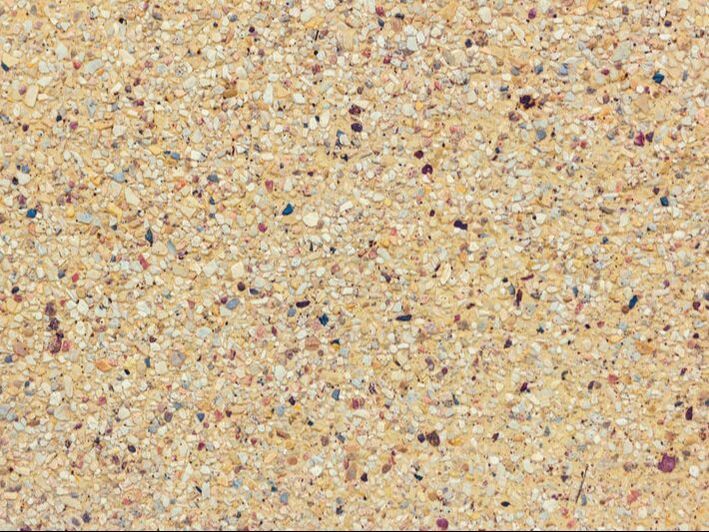
Slide title
Write your caption hereButton
Slide title
Write your caption hereButton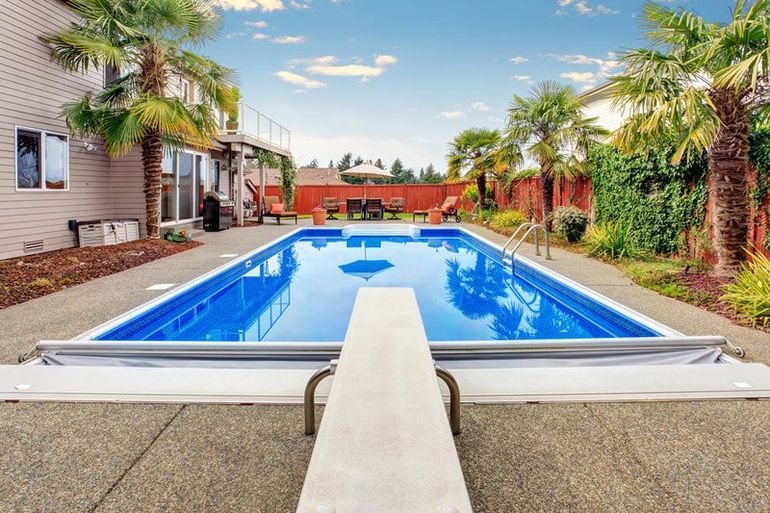
Slide title
Write your caption hereButton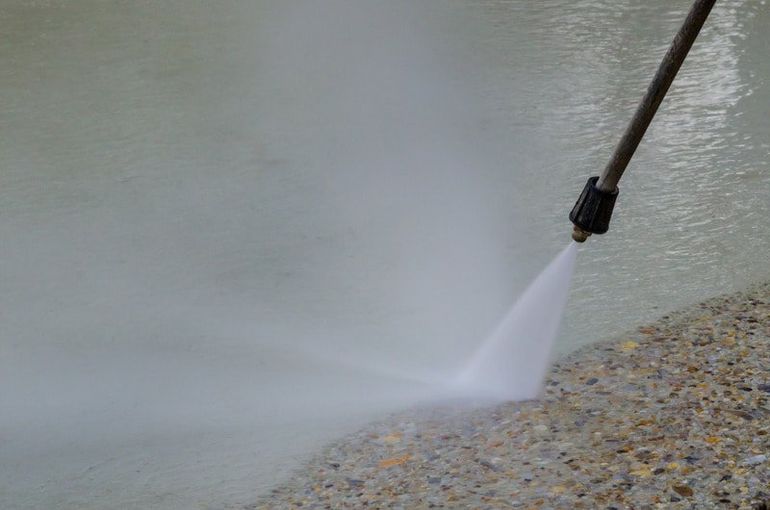
Slide title
Write your caption hereButton
Slide title
Write your caption hereButton
Slide title
Write your caption hereButton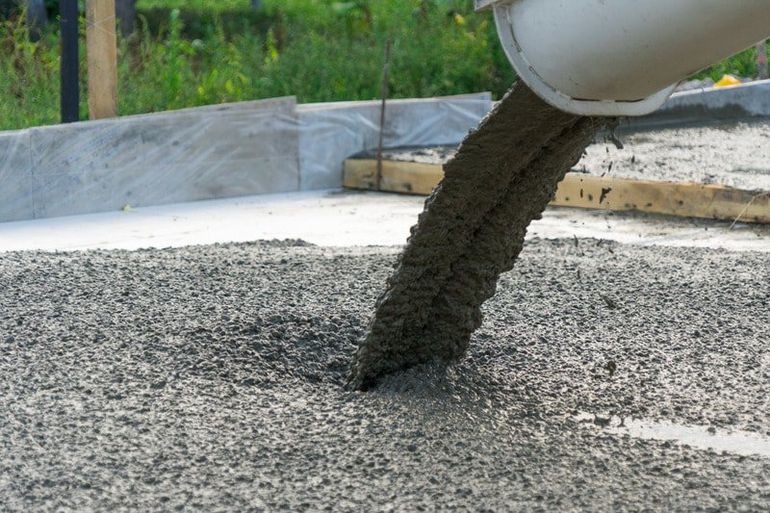
Slide title
Write your caption hereButton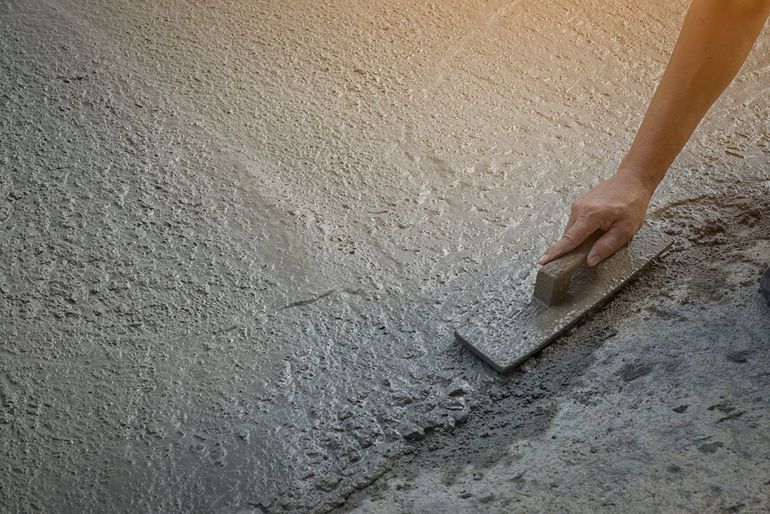
Slide title
Write your caption hereButton
THE HISTORY OF CONCRETE
The earliest structure of concrete dates back to 6500BC. Concrete floors, housing structures and undergrounds cisterns were made which was located in the regions of Syria and Jordan
During the middle ages concrete technology actually crept backwards. In 1973 technology took a big leap forward when a more modern for creating hydraulic lime for cement. In 1824 Portland cement was created by burning finely ground chalk and clay until the carbon dioxide was removed
.Between 1850-1880 Portland concrete was used for residential buildings and steel rods were added to stop the concrete spreading from the exterior walls
.Concrete was used mainly for industrial buildings in the 19th century

CAIRNS CONCRETERS
To book us or enquire about our services don't hesitate, contact us today and we can discuss all of your concreting needs!
FAQ'S
We’ve put together some of our most frequently asked questions to help you get started. Whether you need advice on what type of concrete to use or how much concrete your project will require, this list has it all covered!
We want to make sure you have all the information needed before starting any concreting project – which is why we’ve compiled these FAQs for your convenience. If there’s anything else you need, just give us a call and one of our friendly team members will be more than happy to answer any questions.
-
WHAT TYPES OF PROJECTS DO I NEED CONCRETE FOR?
There are many different types of concrete, but some can be used for the same purpose. It all depends on what you need to get done in your project. Here's a list of different types:
- Normal Strength Concrete
- Plain or Ordinary Concrete
- Reinforced Concrete
- Prestressed Concrete
- Precast Concrete
- Lightweight Concrete
- High-Density Concrete
- Air-Entrained Concrete
- Ready-Mix Concrete
- Volumetric Concrete
- Decorative Concrete
- Rapid-Set Concrete
- Smart Concrete
- Pervious Concrete
- Pumped Concrete
- Limecrete
- Roll Compacted Concrete
- Glass Concrete
- Asphalt Concrete
- Shotcrete Concrete
Concrete is the most popular choice for building materials in Australia. It’s durable, versatile, and can be used to create beautiful homes that will stand the test of time. And with Cairns Concreting on your side, you can rest easy knowing your project will be done right every single time.
-
HOW DO YOU CALCULATE CUBIC METERS OF CONCRETE?
The total volume in cubic meters can be calculated quite easily. Start by measuring the length, width and depth of where you are going to pour your concrete, then multiply each number with 100 if they're centimetres. Next take those measurements multiplied together for the final answer- that's it!
-
WHAT SHOULD I KNOW ABOUT MIXING CONCRETE?
Our team know the secret to making concrete that's as hard and durable as rock, whether it's done by hand or ordered for truck delivery.
-
WHAT IS ACCEPTABLE CRACKING IN CONCRETE?
Your first assumption is typically that something has been done wrong when you see a crack in your concrete slab or wall, but it’s not always the case. In reality, cracks are very common and sometimes even inevitable. This can happen for many reasons but mainly with fresh concrete.
-
HOW LONG DO I HAVE TO WAIT TO DRIVE ON CONCRETE?
It is generally recommended that you wait at least a week before driving on the surface with a passenger vehicle. To be on the safer side we recommend waiting a month so that the concrete is properly set. After 48 hours, it will be safe for pedestrians to walk around without any special precautions until fully cured.
-
WHAT ARE THE STEPS OF CONCRETING A DRIVEWAY?
Having concrete adds character to any property and is highly functional. Because of this, it's important for its construction or installation to be taken care of by experts. It may seem like a do-it-yourself project at first glance because there are lots of online resources available for guidance but nothing compares to the work done by professionals in concrete!
Here are the steps of concreting
- Laying out the perimeter - Our workers outline the driveway's perimeter with wooden stakes. They then secure and firmly press them down into the ground until they are congruent to their length and width - resulting in a final, accurate image of the driveway's shape image of the driveway's shape
- Securing the driveway - Concrete experts use sturdy wooden forms around the perimeter of a concrete driveway. This is done to keep unexpected parts of the residence neat and clean during the pouring process. Wooden forms also help maintain important spaces as they let them stay in place without spilling out into unwanted areas throughout the construction time period.
- Levelling - Before the foundation of a building is poured, topsoil must be removed. This can be done by using shovels to dig out as much soil until it reaches its desired depth and then compacting it in order to avoid any sinking once construction begins.
- Pouring the concrete - When pouring concrete, we need to make sure that the mixture is poured immediately. When pouring it on a base or perimeter that has already been set up, we evenly screed the concrete from side to side in order to create a flat and smooth surface throughout.
- Levelling the concrete - Driving down a freshly paved driveway, it is important to have no bumps or ruts. To create the perfect surface for smooth driving, concrete must be flattened immediately after pouring. This requires someone with strong arms and steady hands: the concreter! The first step in flattening involves removing excess poured material so that there are even levels throughout.
- Cutting in joints - A crucial process for the construction of concrete is to cut control joints. We use a grooving tool for this.
- The surface - To create a non-slip surface, we use a thick broom by running it across the concrete driveway in one direction each stroke. The traction looks uniform and gives off an even look to make your drive safe during wet weather conditions when you need extra grip on tires for added safety.
- Curing - The driveways should be water-cured for 7 to 10 days after laying the concrete.
- Removing the forms - Once the concrete has dried and hardened, the forms can be removed. This is done one at a time because some of it might not have been cured completely yet.
- Completed - After two or three days, the concrete driveway is ready for use. We advise you to wait a month before parking your car on it in case of cracking and collapsing during the curing period.
You can count on us for quality workmanship every time – whether you need residential or commercial construction services. We are always looking forward to helping our customers achieve their goals by providing them with high-quality products they can rely on throughout their projects. That means no matter what type of project you have in mind we will be able to provide solutions that fit your budget and timeframe perfectly!

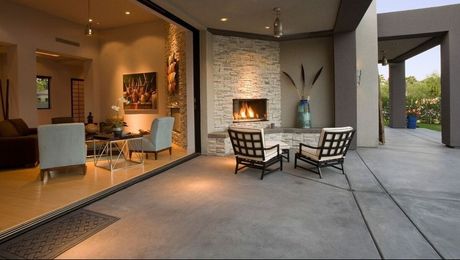
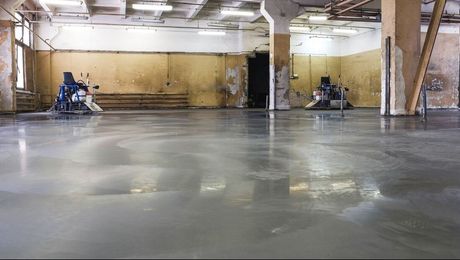
Affiliate Partners
Concrete Contractor | San Antonio Concrete | Concrete Work near Harrisburg PA | Paving Kamloops | concrete countertop
CAIRNS CONCRETING
*Legal Disclaimer- This is a referral website, all work is completed by a qualified concreter
Designed and Managed by Paradise Web Solutions
Copyright © 2021